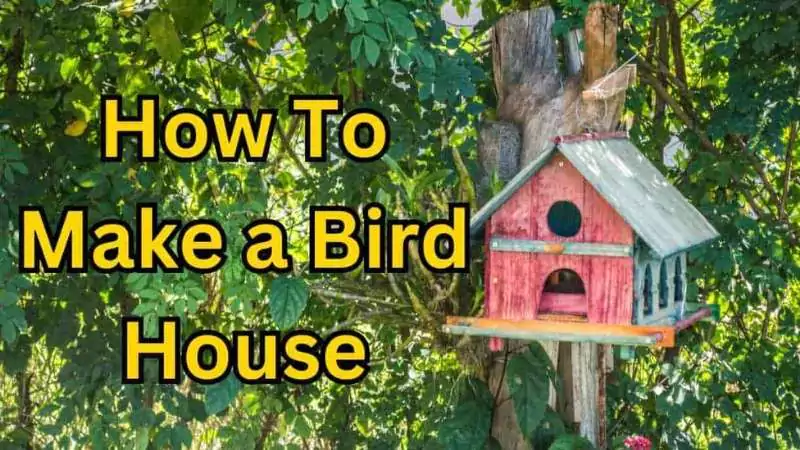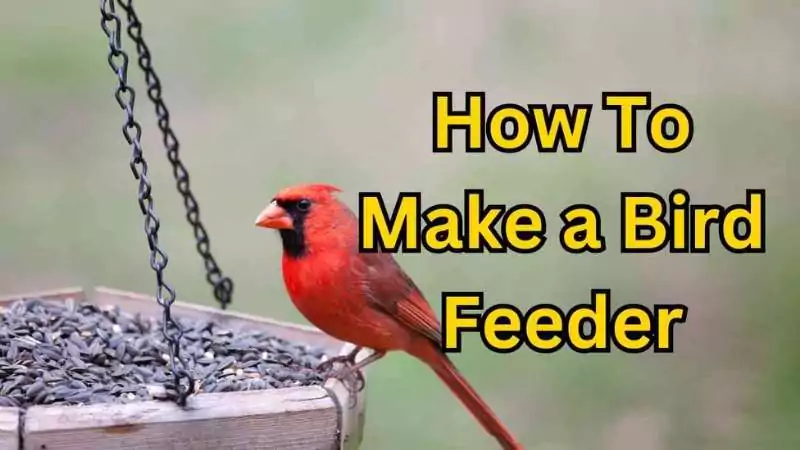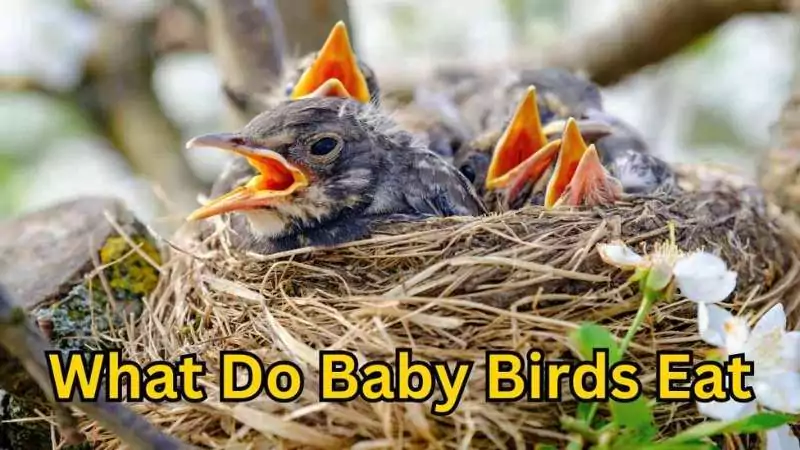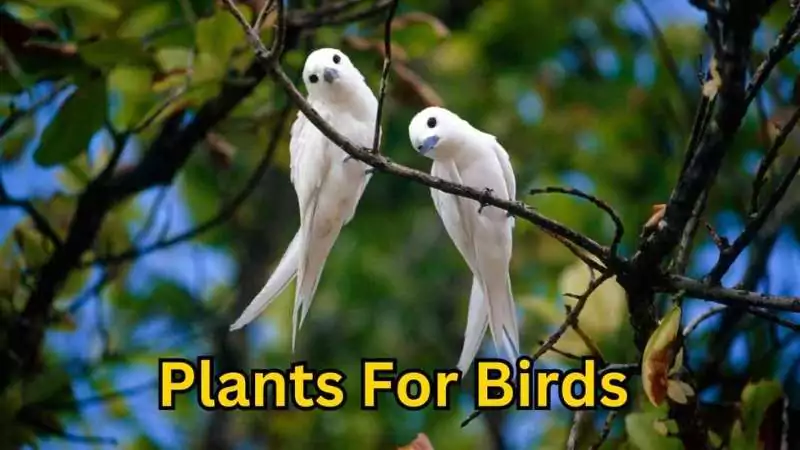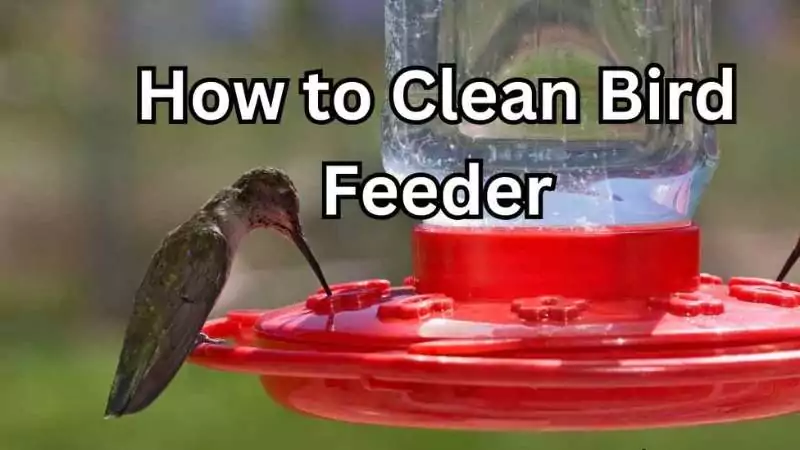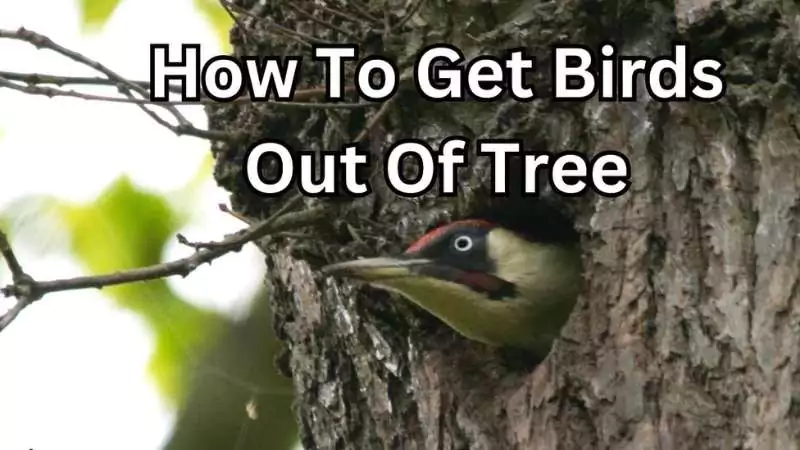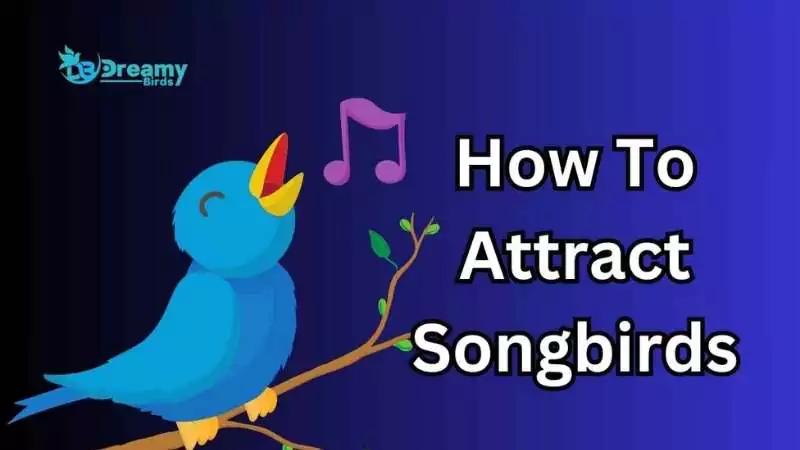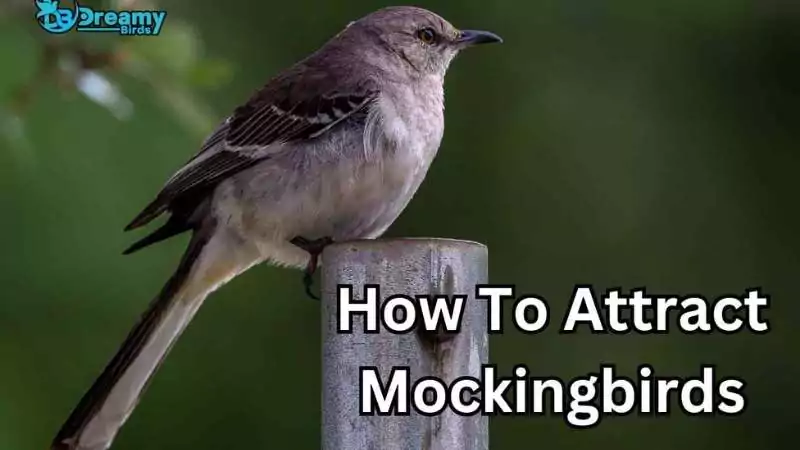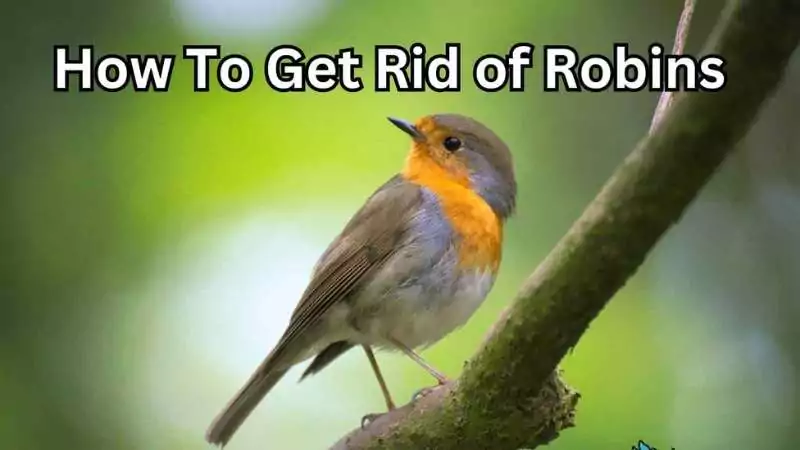How to Make a Birdhouse
Making a birdhouse isn’t about building something but creating a safe place for birds. We choose strong woods like cedar, cypress, or pine to do this. We also need tools like a drill and saw to put it all together. Plus, we think about the size of the birdhouse and what colors to paint it so birds will love it.

